To today's enthusiasts, with full color, wide-
Released in the early 1920s when radio still in its infancy and the only other forms of in-
Sub-
Pathé's 9.5 mm system was introduced in 1922, at first just the projector and a fairly large range of films were offered -
The films were captive in small metal cassettes, of about 40 mm in diameter, each holding about 30 feet of film. At the “normal” Pathé Baby silent hand turned speed of about 14 frames per second, the run time of each film would have been about 80 seconds -
This involved a special mechanism in the projector, which detected a notch cut in the side of the film. When detected, the projector declutched the claw assembly, which stopped the film in the gate, showing just the single frame. The system was used for all titles, as well as any static scenes in the film. The operator kept winding the crank handle and after about 7 turns, the equivalent of 14 frames, the claw would re-
One of the films in my collection is a tour of the Louvre Museum in Paris, which of course contains many scenes of paintings -
The second generation of the Pathé Baby projectors were designed to take the larger 60 foot enclosed cassettes, and at a later time again, Pathé introduced 300 foot “Super” reels, also with notched titles and at the same time their “Super Attachment” to enable these little machines to hold the 300 foot reels. Motors and a variety of other extras became available during their lifetime.
You might be wondering why the film could be stopped in the gate and not go up in smoke -
The Pathé 9.5 mm Notched Film System -
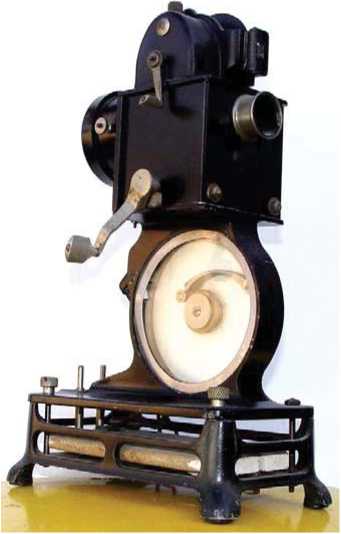

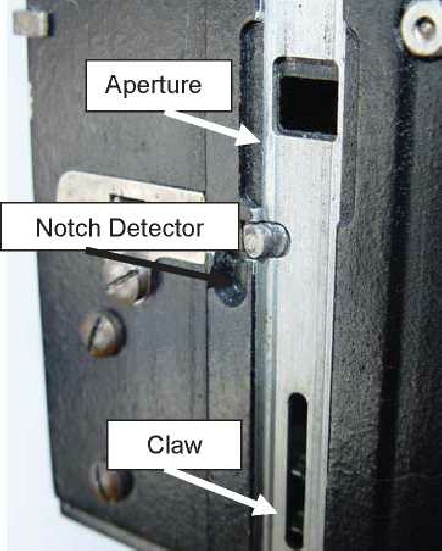
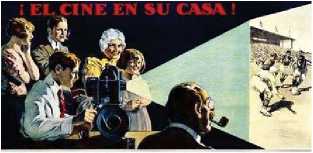
Illustrations: Author's collection.
Copyright © 2019 Mike Trickett Geelong Australia
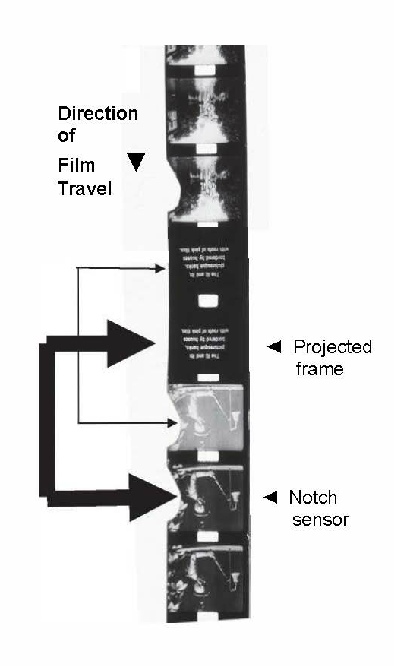
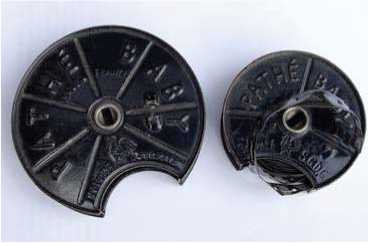
In the 1930s Pathé introduced a number of other projectors -
Pathe continued to utilise the notch system in later model projectors, these models would stop when a notched title was encountered -
All of the films were printed down from Pathe's 35 mm cinema releases; the quality was generally very good, with sharp steady images. Notched films offer some interesting viewing, many of the films depict life as it was in the first 20 years of the last century, and many were never re-
The only down side to collecting notched films is that many people could not resist the temptation to increase the light output of the projector by the fitting of larger wattage lamps -
There are many Pathé Baby projectors in existence, as they were marketed in their various forms with ongoing improvements until they were eventually withdrawn for the Pathé catalogue in 1935. Estimates put the number produced at 300,000.
The Pathé Lux (Latin for light) is a much rarer machine, due to its higher initial price and the short time it was on the market. The first version used an unstable zinc alloy for its gate assembly -
Above: Film path -
Heavy line -
Thin line – Second notch and corresponding frame.
The Pathé Baby from above – showing the notch title mechanism.
Pathé enclosed film cassettes L: 60 ft. R: 30 ft.
Above: The Pathé Baby projector